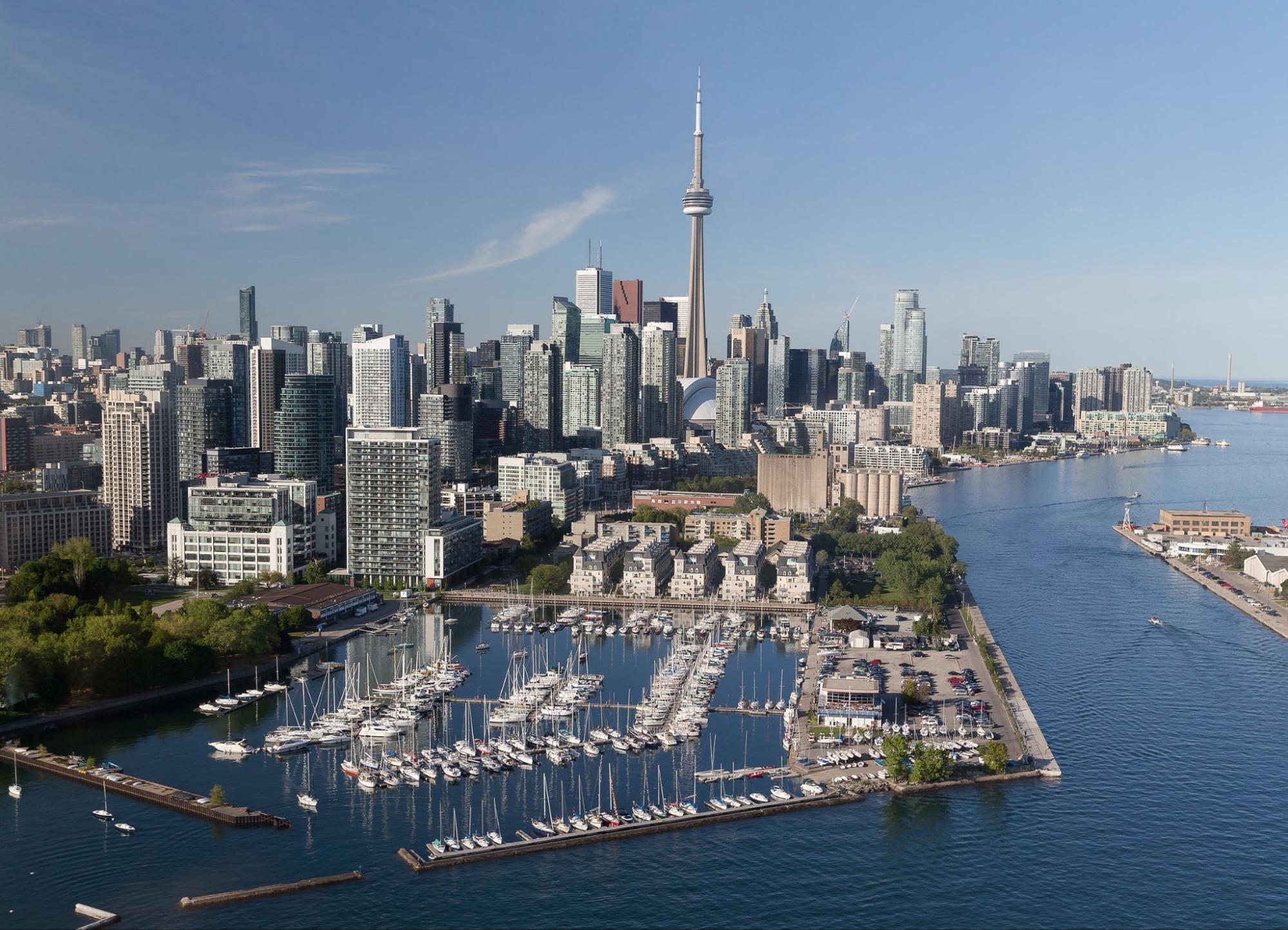Last Updated on October 24, 2023 by Richard Lyall
We’re in desperate need of housing in the GTA. Yet, developers still face roadblocks when they try to take action to boost supply.
A big part of Toronto’s problem is that NIMBYism is being allowed to dictate housing policy. NIMBYs often put pressure on city councillors to vote against any kind of development. They threaten development of all forms of accommodation, whether it be rental, affordable, or private housing.
In North York, for example, the Bayview Woods Neighbourhood Association was recently formed to object to an ambitious proposal to build 15 apartment buildings of various heights with a total of 1,504 units on the Tyndale University site at 3377 Bayview Ave., south of Steeles Avenue. The group has cited a number of concerns, one being that Bayview is not designated as a high-density corridor.
In the Liberty Village area of Toronto, meanwhile, a proposal to add three 30-storey condos is facing opposition because the local residents’ association doesn’t want more condos built in the area.
According to new research done by the Smart Prosperity Institute, Ontario will need 910,000 new homes over the next decade. But that is unlikely to happen as Toronto is lagging other jurisdictions. The city’s housing starts rose by only 1.4 per cent (or 500 units) compared to the 2015 to 2019 average – well short of the national rate of 26 per cent over the same four-year period.
If we are to solve the housing situation, Toronto needs an Official Plan that is more reflective of the present housing situation. The city is presently updating the plan, so it’s the perfect time to right the wrongs. The plan must allow a greater mix of housing and permit more housing near transit stations.
There are many neighbourhoods where more housing could be built, especially along main streets and avenues. More mid-rise and multiplex buildings, semi-detached homes, and townhouses could be built in these areas. We must allow more density if we are to keep up with anticipated population growth.
The Ontario government has taken steps to encourage cities to put higher density, mixed-use developments near transit as a means of boosting housing supply and increasing transit ridership. Minister of Transportation (GTA) Kinga Surma has explained that the program will bring housing closer to transit, helping to increase ridership, reduce congestion and stimulate economic growth.
It’s an approach that has been used with great success in Vancouver and a number of other jurisdictions around the world, including Tokyo, Japan, London, U.K., Sydney, Australia, and Washington, D.C.
However, Toronto’s planning division recently did an analysis of more than 180 potential major transit station areas and determined that six per cent, or 11 stations, would not be appropriate areas to increase density. In other words, the city is pushing back against the provincial mandate and determined that city policy trumps provincial policy.
This is unacceptable. The population of the GTA is expected to grow by 2.27 million people over the next 10 years. People must be able to live near transit.
Presently, families are living in hovels while bureaucrats split hairs. It’s pointless, irrational, and unnecessary. Smacks of a make-work project to block, rather than promote, new homes and rentals being built.
There is plenty of space available in Toronto for intensification. The city must do better.
Richard Lyall, president of RESCON, has represented the building industry in Ontario since 1991. Contact him at media@rescon.com.

Richard Lyall is president of the Residential Construction Council of Ontario (RESCON). He has represented the building industry in Ontario since 1991. Contact him at media@rescon.com.









